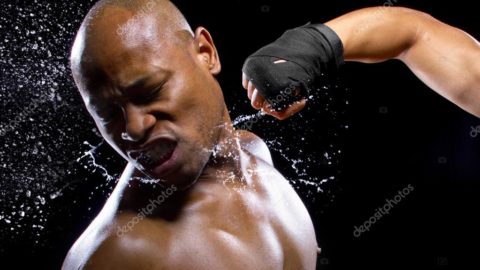
This is how you go about doing it:
-
There is no precise definition of body language.
There needs to be a communication guide. This indicates a nonverbal cue, whether it’s a distinguishing movement or eye activity. The tone in someone’s voice could be influenced by the situation the person is in. Make no assumptions about the implications of individual cues. For example, don’t think they are disconnected from you simply because someone’s arms or legs are crossed. It may be a personality feature, or he’s merely cold. Don’t take it for granted that it’s meant for you. Take your time to jump to conclusions. Observe the person, however, to see if you can pick up on any additional gestures.
-
It’s a step-by-step procedure. Recognize that it takes a lot of effort.
Non-verbal communication encoding (sending) and decoding (receiving) are skills that need a lot of practice to master and master. Some experts have backed this up, claiming that learning this talent effectively takes time and effort.
- It is critical to receive feedback.
You need to get feedback if you want to improve your nonverbal communication skills. You’ll need input on how accurately you read nonverbal clues from others. As well as how others interpret your nonverbal signs. You can use movies or enlist the support of family and friends. It can improve non-verbal communication skills to simply read every movement of your Family, Friends and see how their body reacts to every idea they share.
-
Nonverbal abilities are linked to verbal abilities.
This usually indicates that as your capacity to give and receive nonverbal clues improves, so does your ability to read others’ body language cues. All of this improves with experience.
-
Detecting dishonesty is nearly impossible.
The common consensus is that detecting symptoms of deception is relatively simple. The person may, for example, avoid eye contact or appear anxious. However, interpreting body language alone is nearly impossible to detect a liar. Why is this the case? First and foremost, liars aim to avoid delivering stereotypical signs. Liars, for example, are more likely to look you in the eye than people who tell the truth, according to research — it’s as if they’re trying to compensate.
Second, arousal causes people to emit a variety of indicators, so some may wind up being “bad liars,” while others are practically undetected. Third, there is a phenomenon known as “demeanor bias.” Some people appear to be more honest or dishonest due to their nonverbal style. As a result, determining whether someone is telling the truth or lying becomes more difficult. Focusing on verbal signals – analyzing the truth or plausibility of someone’s story – is a better method for detecting a liar.
You can take further efforts to strengthen your nonverbal communication.
- Take acting classes: Actors are experts at communicating nonverbally.
- Learn public speaking: Being adept at verbal and nonverbal communication is required for public speaking.
- Here are some resources to help you with your reading and research: Everything improves when you conduct a study and act on the results.







